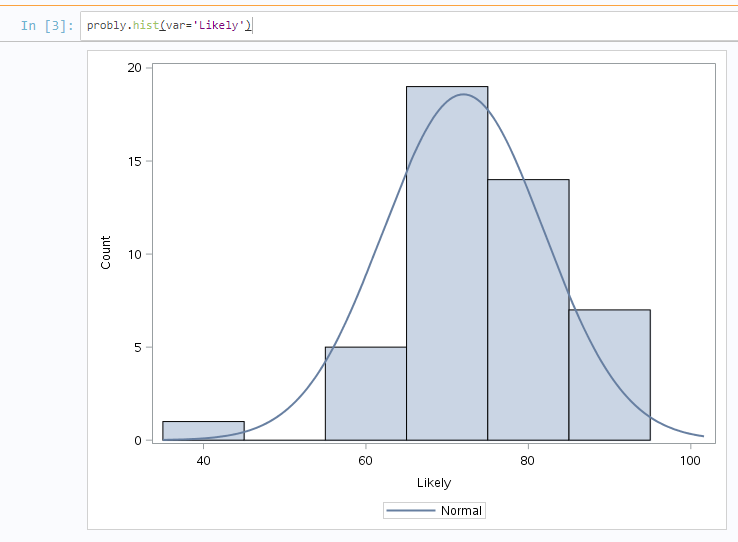
- #Import data sas university edition how to#
- #Import data sas university edition install#
- #Import data sas university edition code#
We notice that 74.2 % of women on board survived, but only 18.89% of men.

#Import data sas university edition code#
This code produces a two way frequency table. To do this we use the PROC FREQ procedure as follows:Įnter the following into the code window, highlight it and execute the block of code either with the F3 key or by pressing the running man icon. Next we look to see what effect the gender of the passenger has on their chances of survival.

To check that the import has worked as expected, open the train dataset within the work library as shown below. NOTE: PROCEDURE IMPORT used (Total process time): NOTE: The data set WORK.TRAIN has 891 observations and 12 variables. NOTE: WORK.TRAIN data set was successfully created. 891 rows created in WORK.TRAIN from /folders/myfolders/train.csv. The log file will show something similar to the below, confirming that the import was successful, it will also have information on the variables which have been created. The program will import the CSV file into SAS and convert it to a SAS dataset.

If you haven’t done this yet that you can follow the tutorial here.
#Import data sas university edition install#
Outputting a dataset to a CSV file in preparation for submitting it to Kaggleīefore you get started you will need to install a virtual machine and then the SAS university edition files.Using the KEEP statement to only keep variables that you want in your dataset.Using IF…THEN.ELSE logic to modify a dataset.Calculating the proportion of men and women who survived using PROC FREQ.Reading a CSV file into SAS using PROC IMPORT.
#Import data sas university edition how to#
It explains how to use the SAS University Edition to do the following: It should be useful both for people who want to learn SAS, but also for those who want to use SAS to enter the Kaggle competition. The tutorial is designed to be roughly equivalent to the first excel lesson available on the Kaggle website. This is the first of our tutorials on using SAS university edition to explore the data from the Kaggle Titanic: Machine Learning from Disaster edition.


 0 kommentar(er)
0 kommentar(er)
